Healthy Eating Week – 2025 resources and ideas for celebrating in school

Celebrate Healthy Eating Week in school this June with these ideas and resources…

- by Teachwire
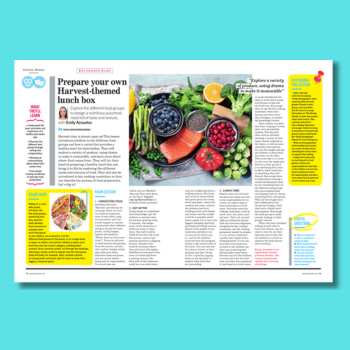
What is Healthy Eating Week?
Healthy Eating Week, run by The British Nutrition Foundation, was all about supporting and promoting healthier lifestyles. From 2025, Healthy Eating Week is being transformed into a month-long event focused on helping children make healthier snack choices.
What is the theme for 2025?
The theme for 2025 is ‘Snack-tember!’
When is Healthy Eating Week 2025?
In 2025, Healthy Eating Week, renamed ‘Snack-tember’, will take place through September.
Prepare a nutritious lunchbox
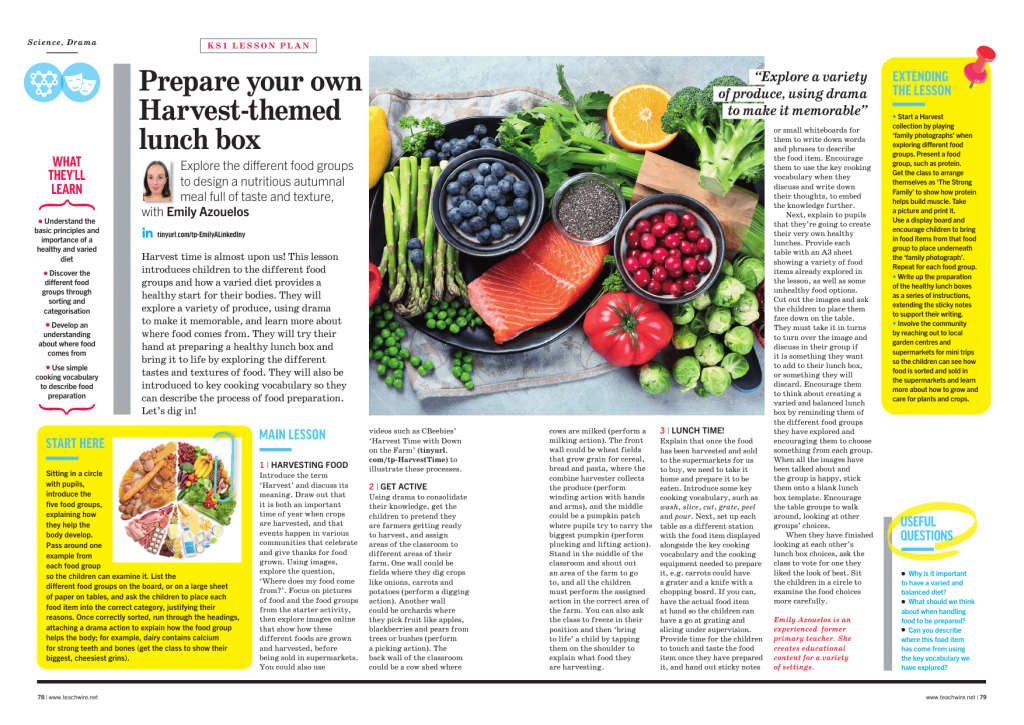
In this free lesson plan, KS1 pupils will explore a variety of produce. They’ll use drama to make it memorable, and learn more about where food comes from.
Children will try their hand at preparing a healthy lunch box. Bring learning to life by exploring the different tastes and textures of food.
KS2 medium-term plan
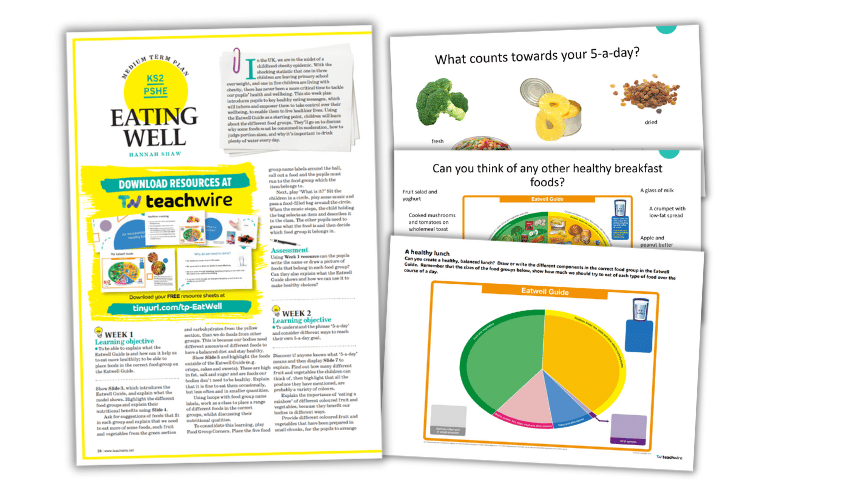
This six-week healthy eating KS2 plan introduces pupils to key healthy eating messages. Using the Eatwell Guide as a starting point, children will learn about:
- different food groups
- consuming some foods in moderation
- portion sizes
- the importance of drinking water
Official resources
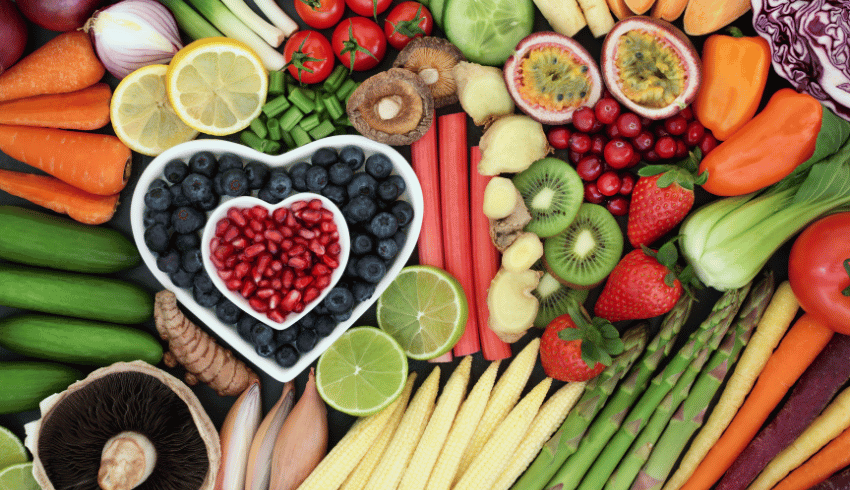
Register on the official Healthy Eating Week website to receive a free downloadable activity pack and resources to use in school. There are resources for early years, primary and secondary.
Model text resource
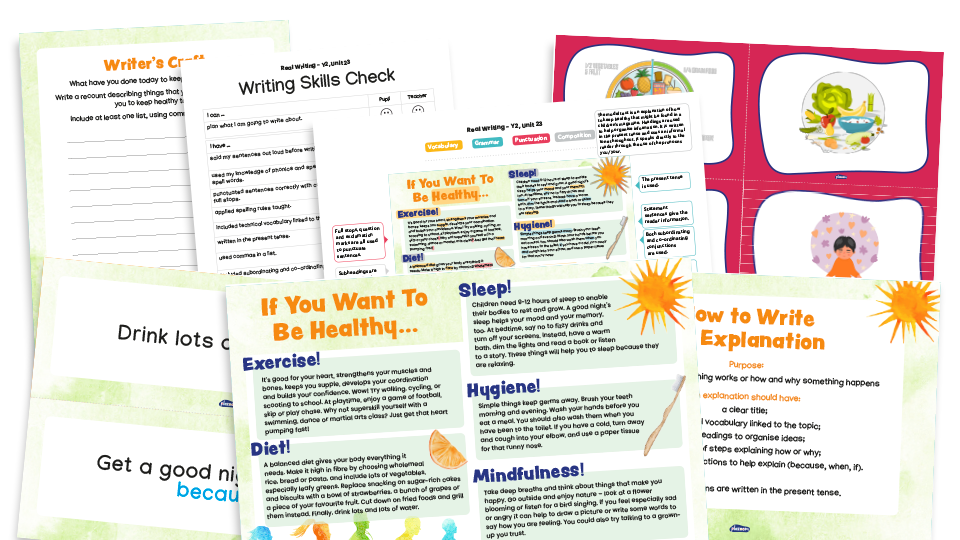
This writing unit for Year 2 from literacy resources website Plazoom is built around an explanation text written as a magazine article about how to keep healthy. Pupils will learn the features of an explanation text and write their own explanation about keeping healthy.
Primary lesson plan
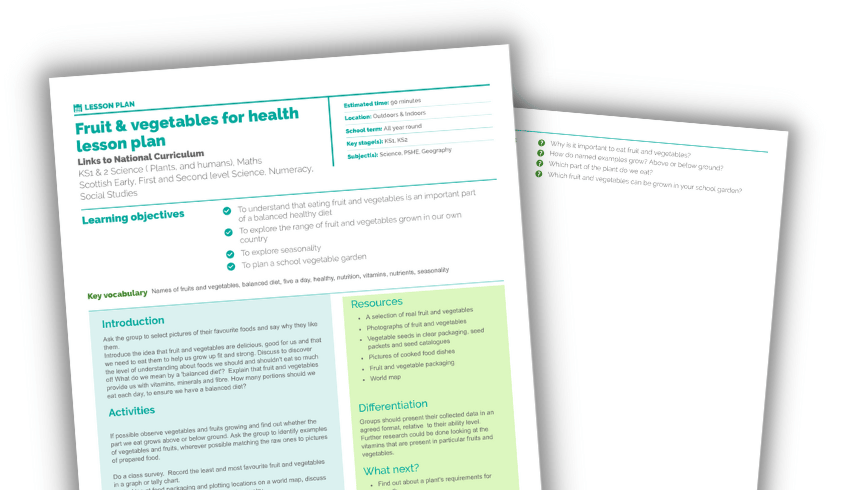
In this free lesson plan from the Royal Horticultural Society children will learn that fruit and vegetables are a vital part of a healthy diet. They’ll also find out about the fruit and veg we grow in the UK. Pupils will find out how to plan a school veg garden.
French UKS2 medium term plan
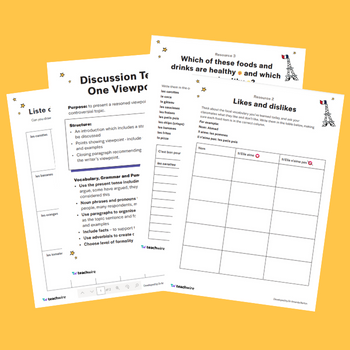
This six-lesson French plan, which comes with assessments, discussion notes and worksheets, will help children learn vocabulary about food and drink, and also gets them to think more about healthy eating.
Healthy Steps resources
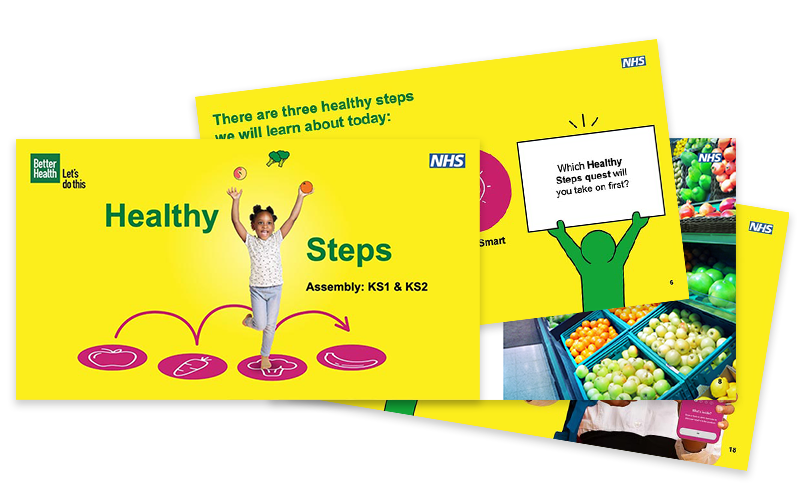
Public Health England hosts a variety of Healthy Steps resources on its website, including an assembly, three quests for pupils to complete and healthy eating guidance for schools.
Primary food projects
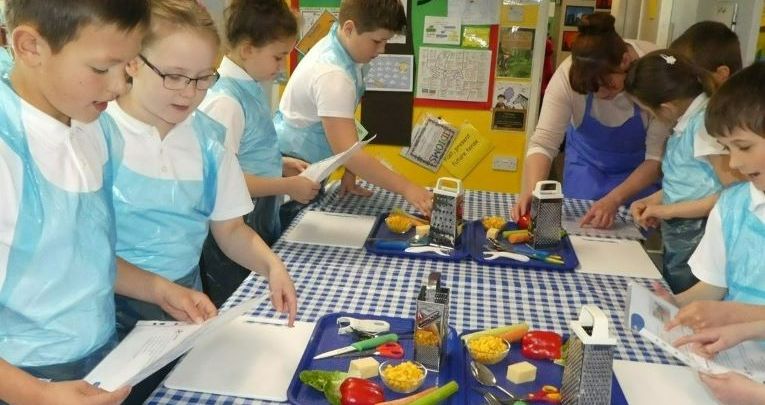
With busy primary teachers in mind, Food – a fact of life is a set of six food projects, one for each year of primary school.
Each project delivers learning about healthy eating, cooking and where food comes from, in an exciting food context. The download contains everything you need, including lesson plans, presentations, activity sheets and more.
Early Years resource
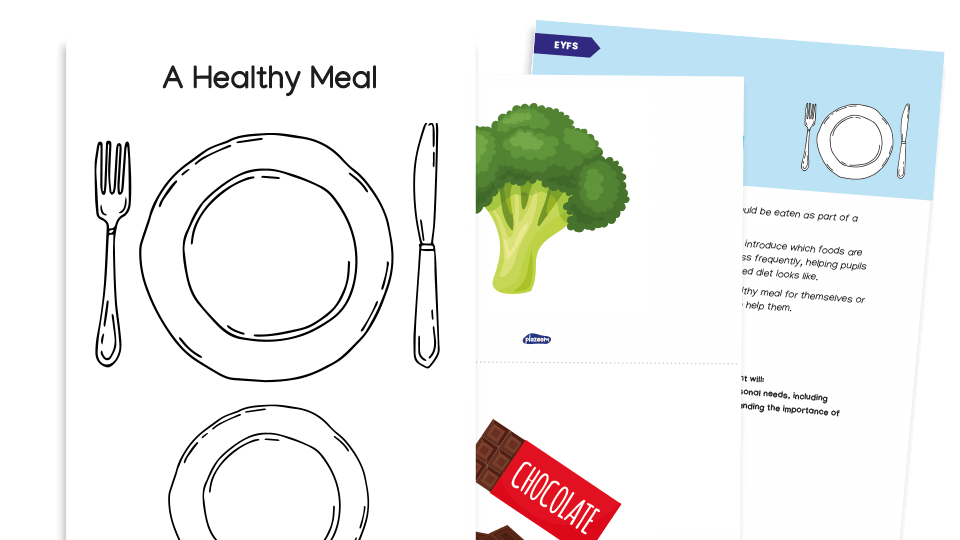
This free Early Years resource from Plazoom uses engaging images of different foods to teach children which foods are healthy and which should be eaten less often.
Play an online game

Cookin Castle is a simple online game that teaches primary-age children about healthy, balanced diets. They’ll learn what the main food groups are and what kinds of foods they should look to eat.
Secondary PSHE and nutrition activity
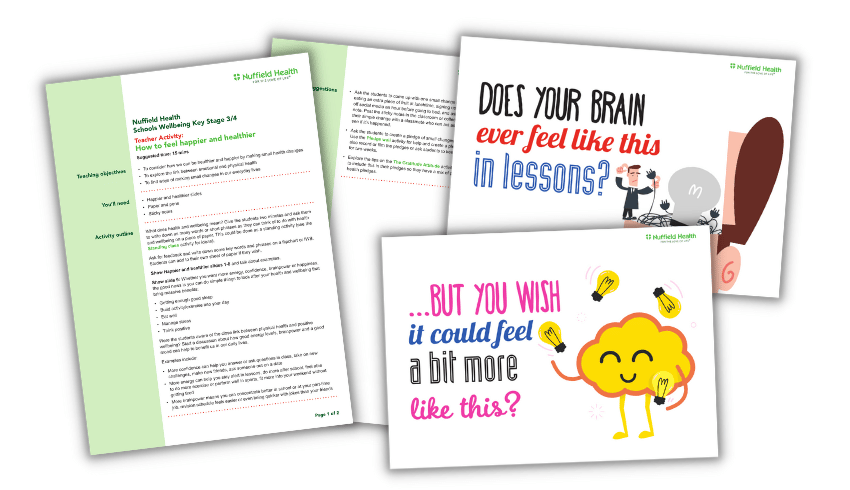
This PSHE and nutrition activity for KS3 and 4 will only take 15 minutes and is perfect for tutor time. Pupils will think about how they can make small health tweaks to become healthier and happier.










